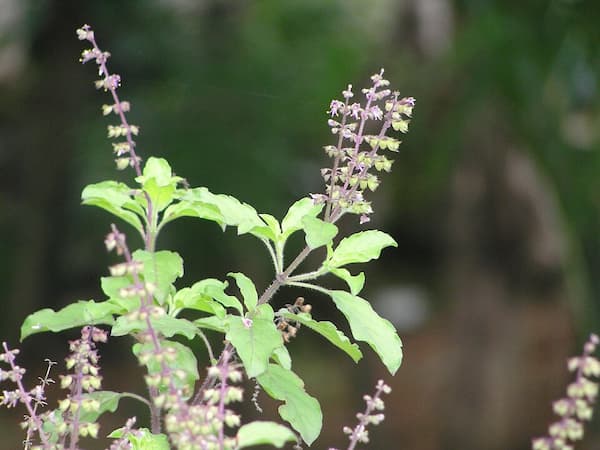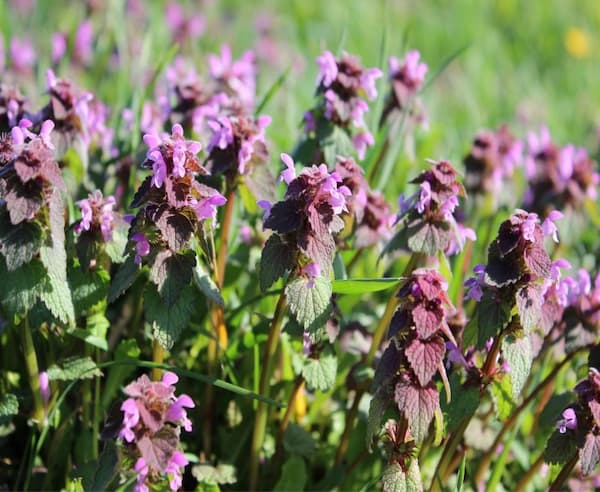Grape Leaf Tea Bags
 New! Hummingbird Creations is offering Grape Leaf Tea! (while supply lasts)
New! Hummingbird Creations is offering Grape Leaf Tea! (while supply lasts)
My grapevines have gone crazy this year! So I’ve been harvesting and drying them by the armloads. I’ve been enjoying the clean taste and health benefits of these leaves for several years now, and thought with such an abundance, why not offer them to my fellow herbal tea drinkers! Voila! They are now available on my website, under Herbal Teas and are the same great price as all my teas… 10 tea bags per pack for $3.50.
Below I have included information on the health benefits of the humble grape leaf, (think of the health benefits of grape wine) as well as their traditional uses.
The Health Benefits of Grape Leaf Tea
Grape leaves, roots, seeds and the vines have been used for centuries for its health benefits. In some countries, grape leaves are typically steamed and stuffed with rice, ground meat, vegetables and herbs.
In the Middle East, countries surrounding the Mediterranean sea, Asia, and Africa, grape leaves have been used as an anti-inflammatory, for their high antioxidant content, to improve blood circulation, support weight loss by improving metabolism, to relieve stomach aches, reduce acid reflux, relieve headaches, remove water retention, detox the liver, reduce high blood pressure, and many more.
 The leaves that are popularly used to make tea are rich in vitamins A, C, riboflavin, niacin, folate, pantothenic acid, and thiamine.
The leaves that are popularly used to make tea are rich in vitamins A, C, riboflavin, niacin, folate, pantothenic acid, and thiamine.
Grape leaf tea, known for its delicious sweet taste, is commonly used to treat stomach-aches, diarrhea, and thrush. Grape Leaves contain stilbene synthase which is an enzyme that helps create resveratrol in the body.
Grape Leaves are great for the skin because they contain lots of vitamin E, polyphenols like green tea and other natural ingredients that age related lines and dry skin.
Crushed grape leaves can be made into a paste, adding a little bit of grape juice and honey which is then spread on the skin and left for about 20 to 30 minutes; it will definitely improve the quality of your skin.
Grape leaf tea contains lots of antioxidants that bind up free radicals helping to slow that aging process and also prevent diseases such as cancer and cardiovascular disease. Grape leaves are very low in calories because they contain no fat and almost no digestible carbohydrates or sugar.
A handful of grape leaves have less than 30 calories, which is probably less energy than it takes for you to chew, swallow and digest them, which makes its tea a good choice for weight loss.
Calcium in the tea is important for strong bones and normal muscle tone, whereas vitamin A is a potent antioxidant that promotes good vision, especially at night. Tea has been consumed for years because of the numerous benefits that it offers.
Nutritional Information
For those watching their weight, grape leaves are very low in calories – about 14 calories for every five leaves. For general health and wellness, grape leaves are a good source of nutrients, including vitamins C, E, A, K and B6, plus niacin, iron, fiber, riboflavin, folate, calcium, magnesium, copper and manganese. A single heart-healthy serving, or one cup of grape leaves, has no fat or cholesterol and is very low in sodium and sugar.
Anti-inflammatory Properties
Grape leaves are mildly anti-inflammatory based on a rating system that estimates the inflammatory potential of foods and food combinations. Chronic inflammation may cause certain illnesses and diseases, such as heart disease, many types of cancer and Alzheimer’s disease. Other diseases that are a result of inflammation include arthritis and many gastrointestinal diseases, such as Crohn’s disease. While lifestyle and genetics contribute to chronic inflammation, maintaining a diet that is healthy and low in inflammatory foods is the best strategy for containing it and reducing long-term disease risks.
Low Glycemic Load
A single serving of grape leaves is full of nutrients and has a low glycemic load of monitoring one’s glycemic load is important, especially for diabetics, since it measures the effect of food on blood-sugar levels. A daily total glycemic load target for the average, healthy adult is 100 or less, making grape leaves a healthy choice. Individuals with diabetes or metabolic syndrome should aim for a lower number.
Chronic Venous Insufficiency
According to a 2010 study conducted by the Department of Dermatology at the University of Freiburg, plant extracts from grape vine leaves reduce edema in patients with chronic venous insufficiency. This is a condition characterized by veins that have problems returning blood in the legs back to the heart. When blood cannot return to the heart, the legs may swell, causing edema. A reduction of edema will not only make the individual more comfortable by reducing the swelling, but it will also cause less of a strain on the vascular system.
Other Uses
Grape leaves have been used for centuries and are still used in herbal applications, particularly red grape leaves. Other uses for grape leaves include the treatment of diarrhea, heavy menstrual bleeding, uterine hemorrhage, canker sores and excess vaginal discharge. Native Americans made grape leaves into a tea for diarrhea, hepatitis, stomach aches and pains and thrush. They used wilted grape leaves for sore breasts, rheumatism, headaches and fevers. While grape leaves have a history of being used for a wide variety of conditions, more research is needed to determine true efficacy.
As always,
Peace! (and stay safe)
Judi
* The information included in this website on the structure and functional uses of herbs is based on historical use and personal experience. It has not been evaluated by the FDA. These products are not intended to diagnose, treat, cure, or prevent any disease.






